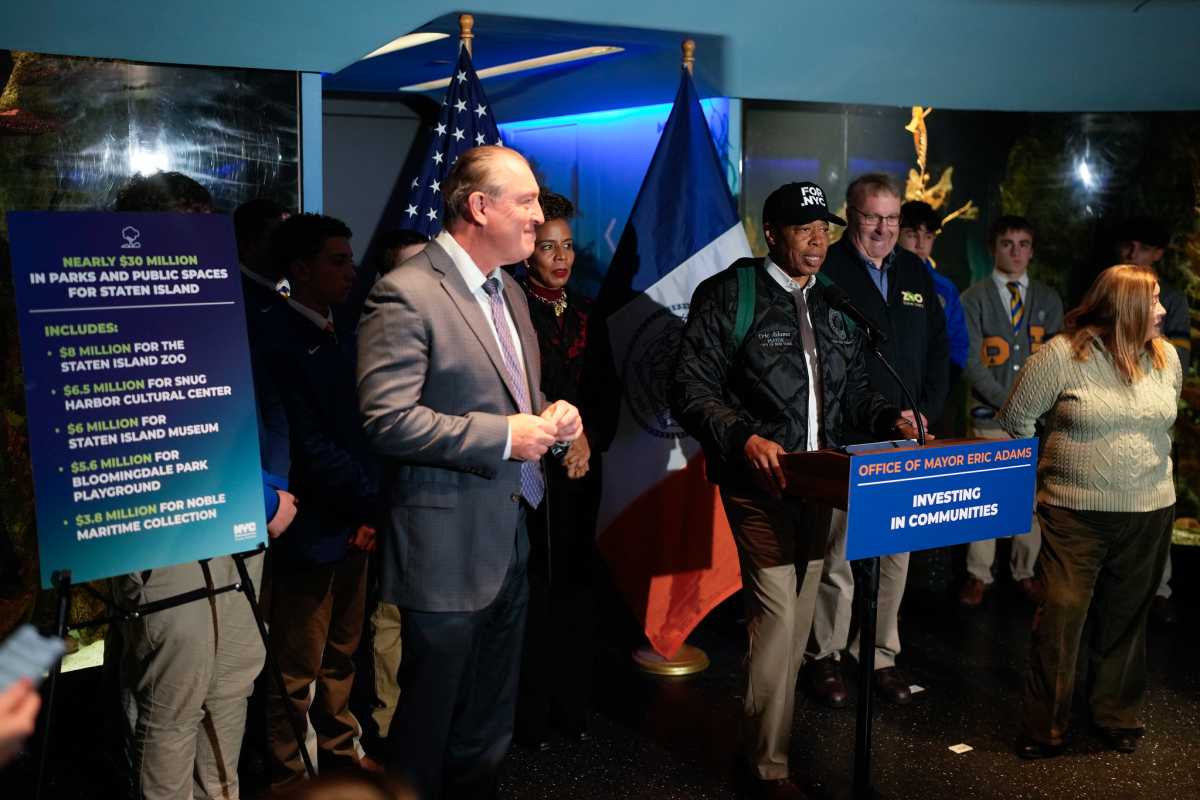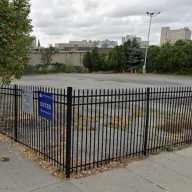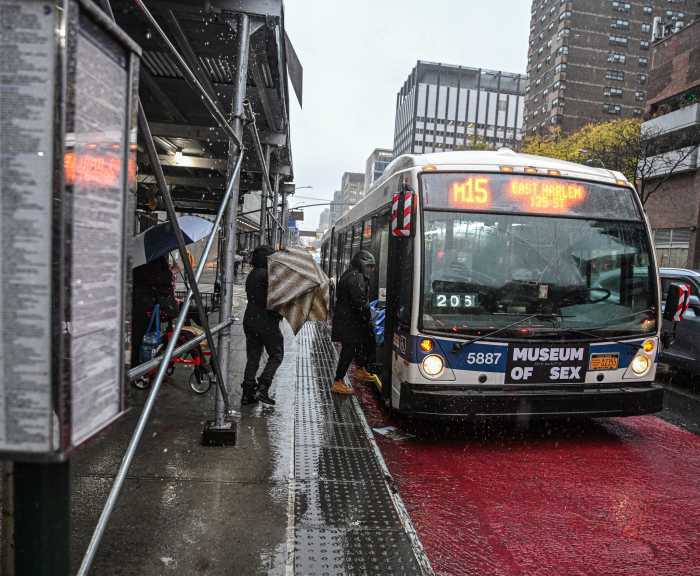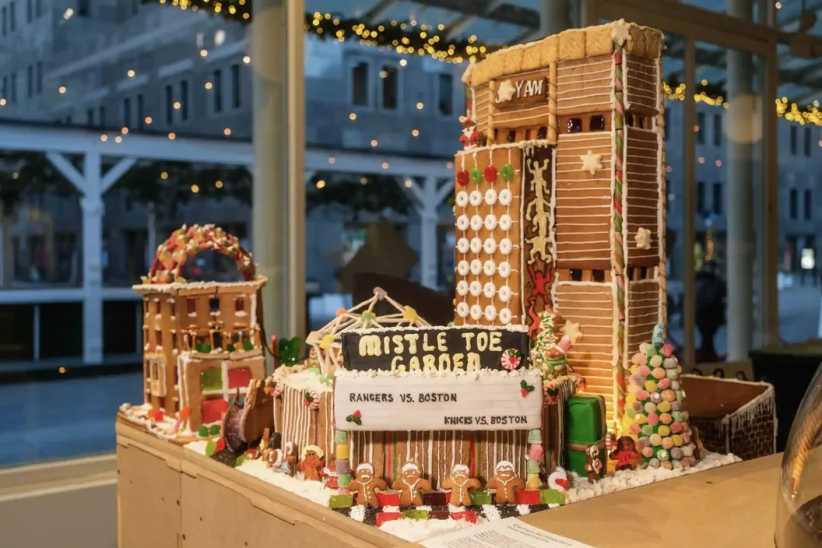CARSTEN W. GLAESER
The July 10 Courier reporting on the planned “facelift” and revitalized green space of Flushing’s Bowne Park comes with a cost far greater than the proposed $2.45M capital construction expense, if we consider the large long-lived trees that populate the park. In addition to aesthetics, we must be mindful of the high economic value and benefits and services that those trees provide. Scientific evidence reveals new understandings of the benefits and services gained from large trees, elevating these organisms to significant and irreplaceable natural assets in communities. From improvements in our health and healing, the psychological benefits we find among large trees, the removal of gaseous air pollution and interception of harmful particulate matter, valued in the millions of dollars, to the cooling effects and the savings from costly storm water control systems by a tree’s absorbing capacity, we ought to do a better job protecting this invaluable natural resource.
Yet, one park-wide construction facelift across a highly tree-sensitive landscape will result in needless tree losses in short time. With its heavy equipment and excavation, the harmful compaction of soils along with the deliberate absence of effective tree and landscape protections shall see scores of large park trees compromised in health. Such is the historical pattern of many NYC Parks Capital Construction park-revitalization projects populated by public trees. It is a division that is misguided and tree-unfriendly.
In 2013, the Chronicle reported on such a Parks Capital project in Queens at the Ridgewood Reservoir. Several venerable, irreplaceable 150-year old specimen plane trees and the adjacent open landscape were abused and harmed for a design scheme that did all but consider the “trees’ needs.” In 2004, a $2.0M Parks Capital lake-revitalization project in Kissena Park saw similar large shade trees abused by having protection and oversight removed to expedite the project to the financial gain of a contractor. Once magnificent, broad-canopied lakeside trees valued at $1.8M (as a living public asset) are now mere tree-skeletons, with a cost value that is quickly approaching zero. Then there is Washington Square Park, with its historic trees, where that revitalization project allowed abuses on a magnitude that some believe bordered on criminal.
By not addressing the trees’ needs amid construction, municipalities allow for tree abuses. When tree-unfriendly and illogical design schemes with award-winning intentions take preference over the trees’ needs, the outcome is never good. An effectively implemented and enforced state-of-the-art Tree and Landscape Protection Plan could combat this abuse. If carried out by the right arboricultural professional and given a level of autonomy and close collaboration with the project engineer, a Tree and Landscape Protection Plan could effectively reverse the tree abuse trends and consequences that have been witnessed.
The friends of Bowne Park, civic members and all who value and enjoy the presence of their large park tree assets and wish to have those trees for decades or even a century longer need to demand the best for tree health and its protections. They must demand of Parks Capital to plan and implement a Tree and Landscape Protection Plan. Its maintenance and enforcement, by whom and for how long must be mandated and upheld, or else your venerable trees will go the way of others lost to similar revitalization projects — dead and gone before we even realize what has happened.
Carsten W. Glaeser is a Flushing-based independent Consulting Arborist. He has an advanced graduate degree from CUNY Graduate Center in the plant sciences and was a biology and plant sciences instructor for CUNY undergraduate students before turning to consulting. Dr. Glaeser is active in several professional arboricultural and urban forestry organizations and locally is the current vice president of the Kissena Park Civic Association.
RECOMMENDED STORIES


































